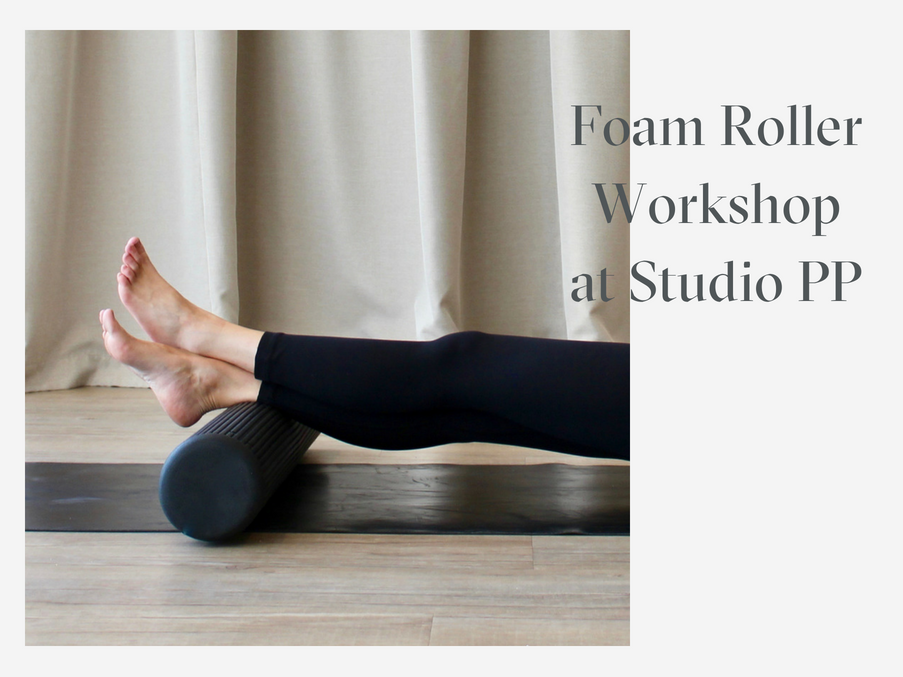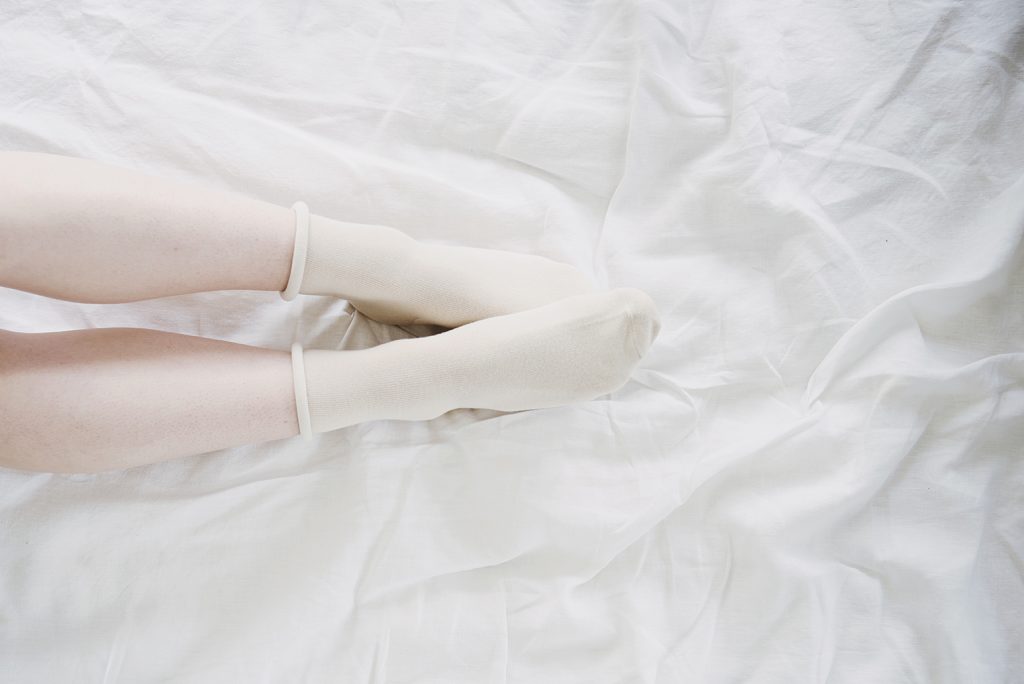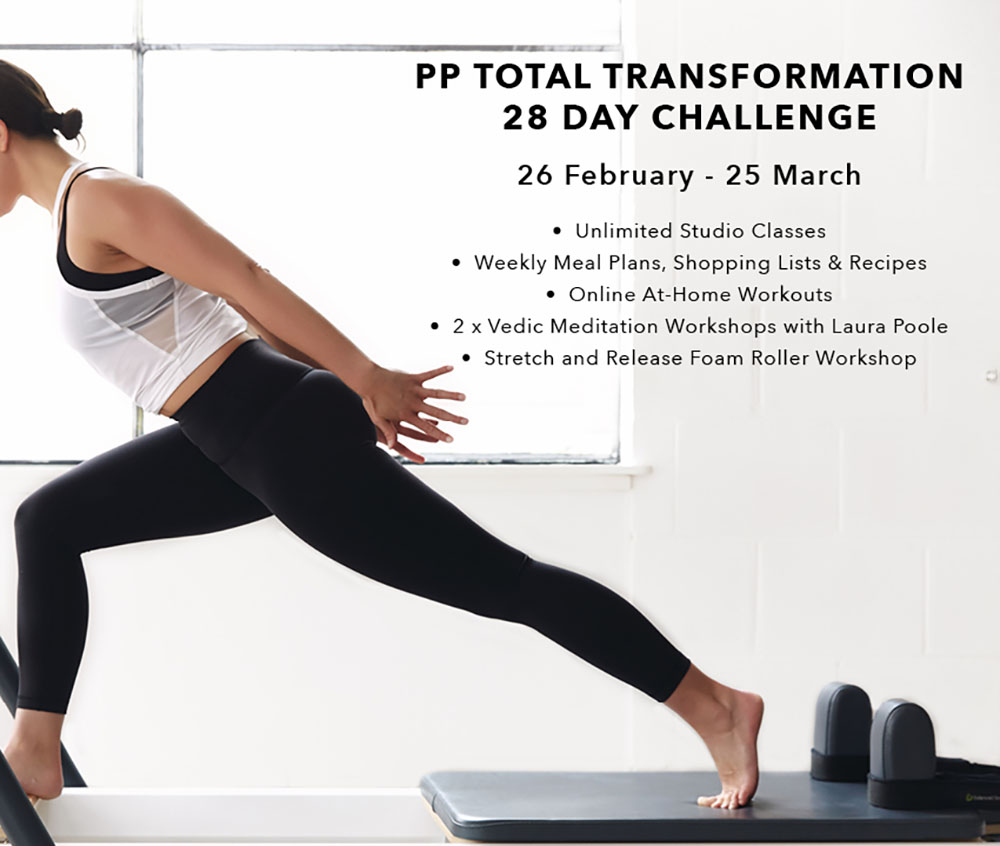Michelle will again be joining Studio PP founder Steph Prem and High Line Active Physiotherapist Nicole Bryant to host a Foam Roller Workshop.
You will be guided through a series of exercises from head to toe using a foam roller and trigger point ball.
Learn how to perform effective stretches and release exercises to help combat a range of issues including injuries, inflammation, pain, sore muscles, and improve recovery and circulation.
Foam rolling and trigger pointing are forms of myofascial release suitable for all fitness levels and body types. By applying pressure to specific tight spots and trigger points throughout your body you can assist in muscle recovery and a return to healthy function.
The skills learnt in this workshop may also help to improve flexibility, boost energy levels, help detoxify the body and lower physical and mental stress.
Ticket price includes a Studio PP foam roller to take home with you after the workshop so that you can continue your foam roller practice at home.
If you already have a Studio PP foam roller, please select the ticket with the lowest price. We recommend the Studio PP specific foam roller as its size and density are ideal for facial release and spinal work.
Event details
Date: Tuesday 7th August
Time: 7.30pm – 8.45pm
Location: Studio PP – Level 7, 1 Almeida Cres, South Yarra
Price: $79.95 including Studio PP foam roller to take home | $39.95 without foam roller (one will be provided for you to use during the workshop)


